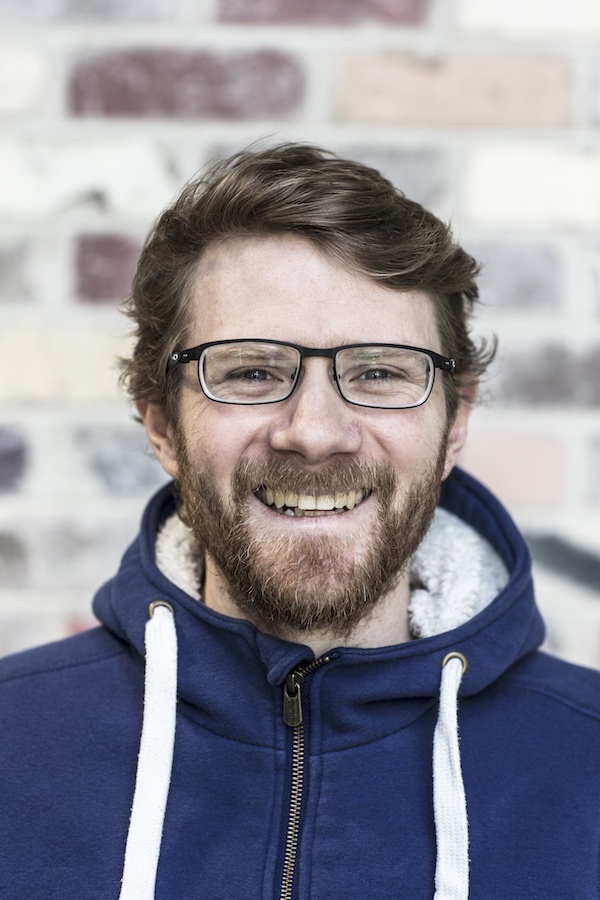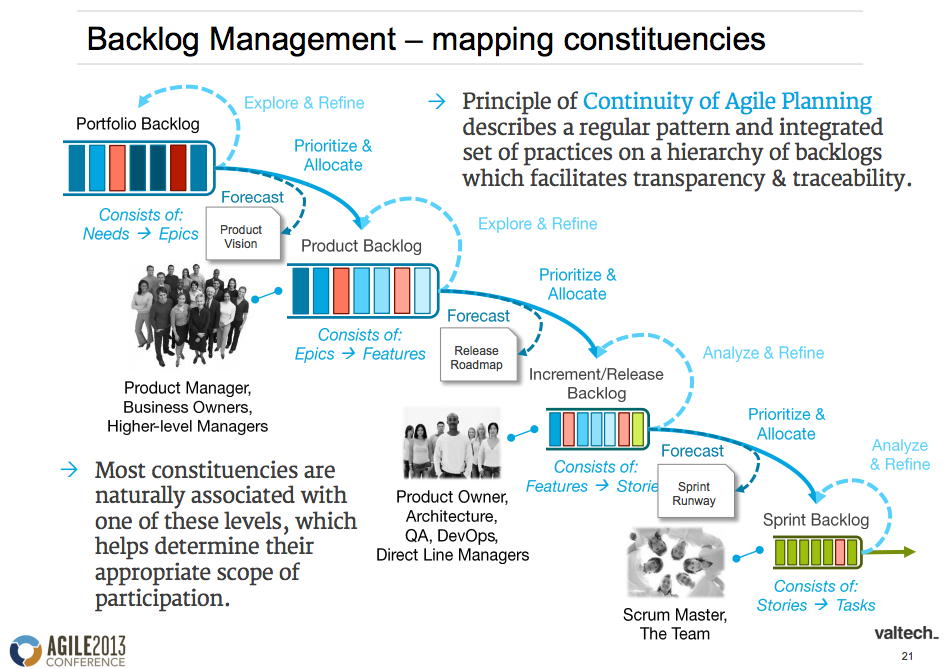Yesterday I had the great privilege to facilitate the San Jose Budget Games. Luke, April and Tami of Conteneo organised a fantastic event with the help of the San Jose local government and I was so excited to be involved.
What is Budget Games?
Nothing like Hunger Games! The San Jose local government has been in a spot of bother over the past 10 – 15 years with rising costs and a stagnant revenue base. That has meant a reduction in various services across the city – they are back at 1984 staffing levels despite a 30% larger population than 30 years ago.
Budget Games leverages Innovation Games for serious results. As a Product Manager at Atlassian we used one of the games – Buy a Feature – to understand what customers valued and where we should devote our energy on the product roadmap. While it wasn’t the only input into our decision making process it was the best at capturing what customers valued.
for serious results. As a Product Manager at Atlassian we used one of the games – Buy a Feature – to understand what customers valued and where we should devote our energy on the product roadmap. While it wasn’t the only input into our decision making process it was the best at capturing what customers valued.
Budget Games applies the same approach from product management to the city budget – where do residents most value the resources of the city. Luke Hohmann who wrote Innovation Games, his crew from Conteneo, and a bunch of facilitators (myself included) ran Buy a Feature for the residents of San Jose. There were about 20 tables of 7 – 10 people on each, and the “features” that the residents were buying included things like “40 Sworn Police Officers” and “Extend Library Opening Hours”.
How do Budget Games help?
The city had feedback from over 100 residents at the end of the day – where they would spend their money to improve and impact the city. The exciting part is that the in person game was just the start. Throughout the next week the crew from Conteneo and facilitators from around the world will put 10,000 more residents through Budget Games online.
All of this data will go directly to the Mayor and the Executives of San Jose and they will use it as one of their inputs into the budget for the next fiscal year. This is a fantastic way for the government to capture feedback from residents at scale.
Redirect Funding
Table 8 – the table I was facilitating with Masa Maeda – had selected “80 Sworn Police Officers”. There was a great discussion around the table as to whether they should instead aim for “120 Sworn Police Officers”. We raised the flag to get someone to provide more input on the initiative and help the table decide 80 vs 120.
Who should show up to provide more information on the initiative? The Captain from the San Jose police department came over! Talk about participatory culture, the table got the answers they needed directly from the person in charge!
The Captain explained that while the initiatives were super he couldn’t make use of the extra police officers today. At present there are 150 unallocated spots on his force. He can’t fill those spots as the police officers can move to another city in the vicinity and get a 30% pay bump – his key problem is retention.
The Captain explained that instead of adding more headcount to the police force the most pressing need was to first address the remuneration and benefits of the existing officers. That would enable him to retain his existing people and attract new people.
Table 8 then proceeded to reshuffle money to other initiatives. They ended up focusing heavily on community services, the fire department, gang prevention, and libraries. Very very very cool!
Thanks to San Jose local government, thanks to Conteneo for organising, and thanks to Masa who I got the opportunity to work with on the day. Splendid.





